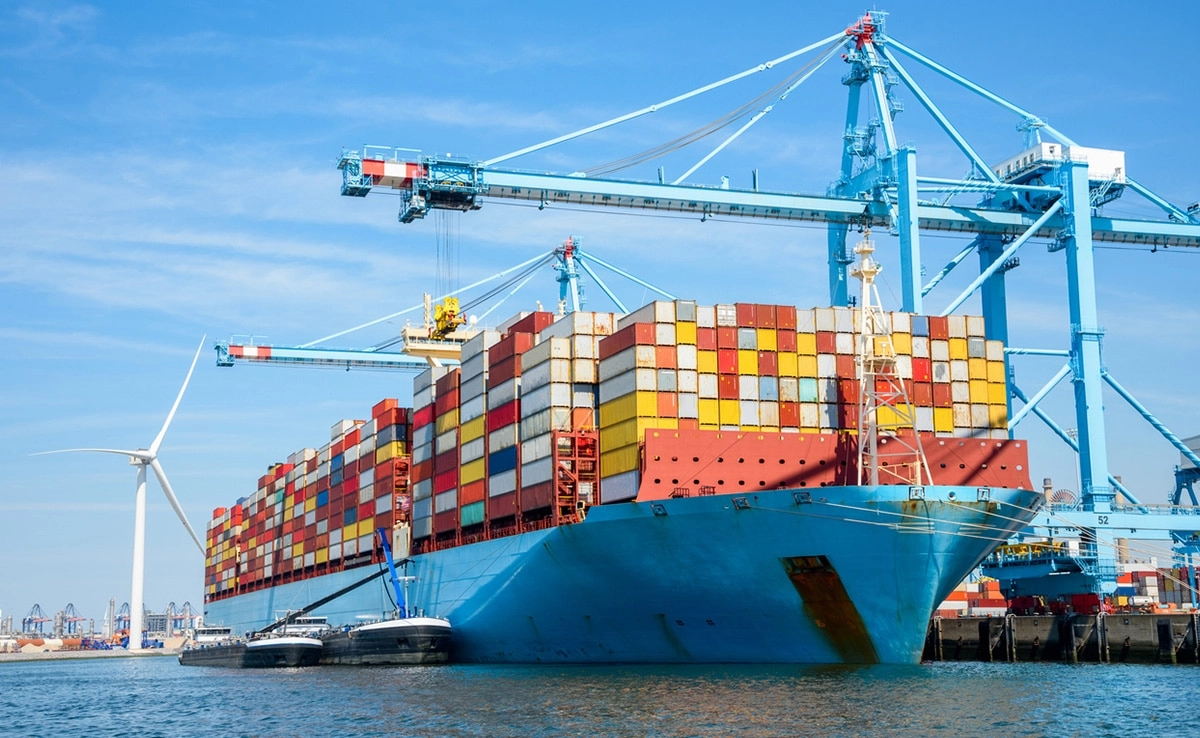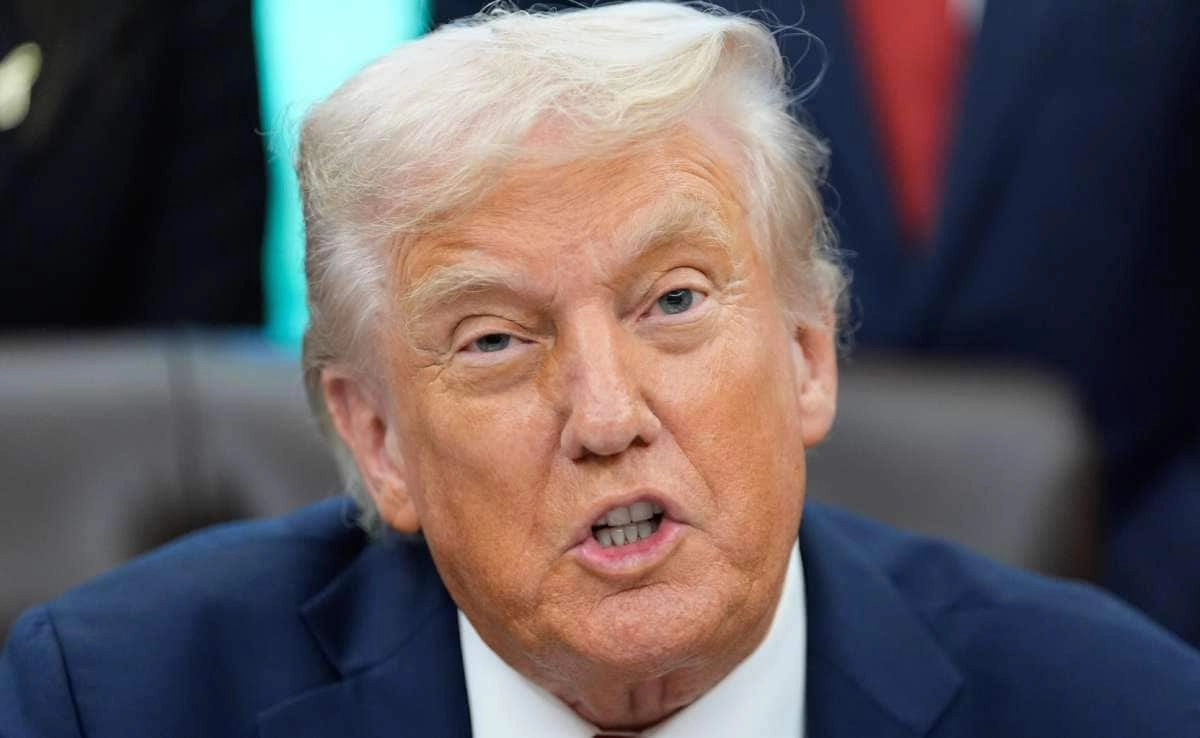In a significant economic move, former President Donald Trump has announced the imposition of an additional 25% tariff on a range of goods imported from India, raising the total tariff rate on these products to a staggering 50%. This decision is seen as part of a broader strategy aimed at reshaping trade relations and addressing perceived imbalances in the trade dynamics between the United States and India. By increasing these tariffs, the Trump administration aims to protect American industries and jobs, while also seeking to encourage domestic production of goods that have previously been imported at lower costs.
The implications of this tariff increase are multifaceted. For Indian exporters, this could result in a substantial decrease in competitiveness in the U.S. market, potentially leading to reduced sales and revenues. Industries such as textiles, pharmaceuticals, and machinery, which rely heavily on exports to the United States, may face significant challenges as they navigate the higher costs imposed by these tariffs. This move also raises concerns about retaliatory measures from India, which could further escalate trade tensions between the two nations.
Moreover, the increased tariffs may have a cascading effect on consumers in the U.S. market. Higher import costs could lead to increased prices for various goods, ultimately impacting American consumers. This situation underscores the delicate balance between protecting domestic industries and maintaining affordable prices for consumers, a challenge that policymakers must navigate carefully. As the global economy continues to recover from the disruptions caused by the COVID-19 pandemic, the implications of such trade policies will be closely monitored by economists and political analysts alike.
In addition to the economic ramifications, this tariff decision also highlights the broader geopolitical landscape. The U.S.-India relationship has been marked by cooperation in various sectors, including defense and technology. However, trade disputes such as this one can strain diplomatic ties and complicate collaborative efforts. As both nations attempt to navigate their trade relationships, the long-term effects of these tariffs will likely extend beyond immediate economic impacts, influencing the strategic partnership that has developed over the years. Ultimately, the evolving nature of the U.S.-India trade relationship will require ongoing assessment and adaptation in response to these and other developments on the global stage.




